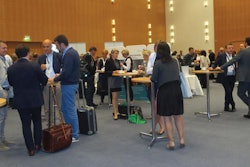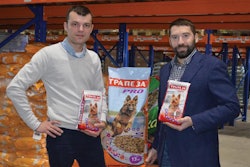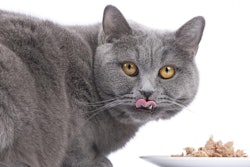
Authenticity, convenience and experience will be the trends to watch regarding the 2017 consumer, according to Euromonitor International’s latest consumer report, “Global Economies and Consumers in 2017.” As consumers reassess their priorities and values, they will continue to drive overall market direction according to their needs.
These trends have been quite prevalent in the pet food industry in recent years, with pet owners demanding transparency (ingredient sourcing, processing and production, companies’ philanthropic endeavors), ease-of-use (labeling, serving size options, packaging) and specialization (need-specific formulas, limited or “no” ingredient diets, human food equivalency). But with 2017 shaping up to be an uncertain economic year, the consumer landscape requires a more nuanced eye than ever.
Infrastructure investment and urbanization spearheading opportunity
In emerging markets, growing urbanization is driving the need for infrastructure development in 2017, according to Euromonitor’s report. In terms of pet food, this news bolsters the current trend of watching developing pet food markets for opportunities to combat the slower growth of more mature markets. China, for example, is expected to grow significantly as its increasing middle class settles in the country’s two largest cities (Shanghai and Beijing). Similarly, Mexico’s developing pet food market is also among the fastest-growing as disposable income in the country’s larger cities allows pet owners to feed their pets commercially.
Further, says Euromonitor, three-quarters of high-income households will live in the world’s major cities, which means a significant portion of the world’s pet owners will live there, as well — they’ll have money to spend, and will play a significant economic role in determining what lands on the shelves of their pet food supplier of choice. This throws more mature markets into the mix: the US, UK and Canada are planning infrastructure investment with the aim of boosting economic growth in 2017. US cities such as New York or San Francisco will easily add over 10,000 high-income households this year, says Euromonitor, meaning, once again, more potential money to be spent on pets in these more affluent homes.
Briefly: notable population trends in 2017 from Euromonitor
- The world’s population will hit 7.4 billion, with 55.2 percent concentrating in Asia Pacific. According to Marcel Blok, owner of companion animal consultancy Change Stranamics, the Pacific Rim’s pet food markets (with the exception of Japan) are expected to grow significantly, making that region one of the top to watch this year.
- 55 percent of the global population (4.1 billion people) will live in urban areas in 2017. For pet food, this means a larger focus on smaller companion animal breeds, wet pet food, and overall smaller and more convenient packaging, as pet owners increase their numbers in cities requiring economization of space.
- The majority of urban population growth will come from the Middle East/Africa (growth rate of 40.7 percent) and Asia Pacific (29.6 percent). Developing markets should continue to be a solid focus for the pet food industry, as global middle classes grow and become more willing to spend their disposable income on their pets.
- The median age of the global population will hit 30 years. An overall aging population means an aging pet owner population, as well. The focus on millennials and baby boomers, the trendsetters of the last few years, will continue as they drive pet food market needs.
Contact Me


















